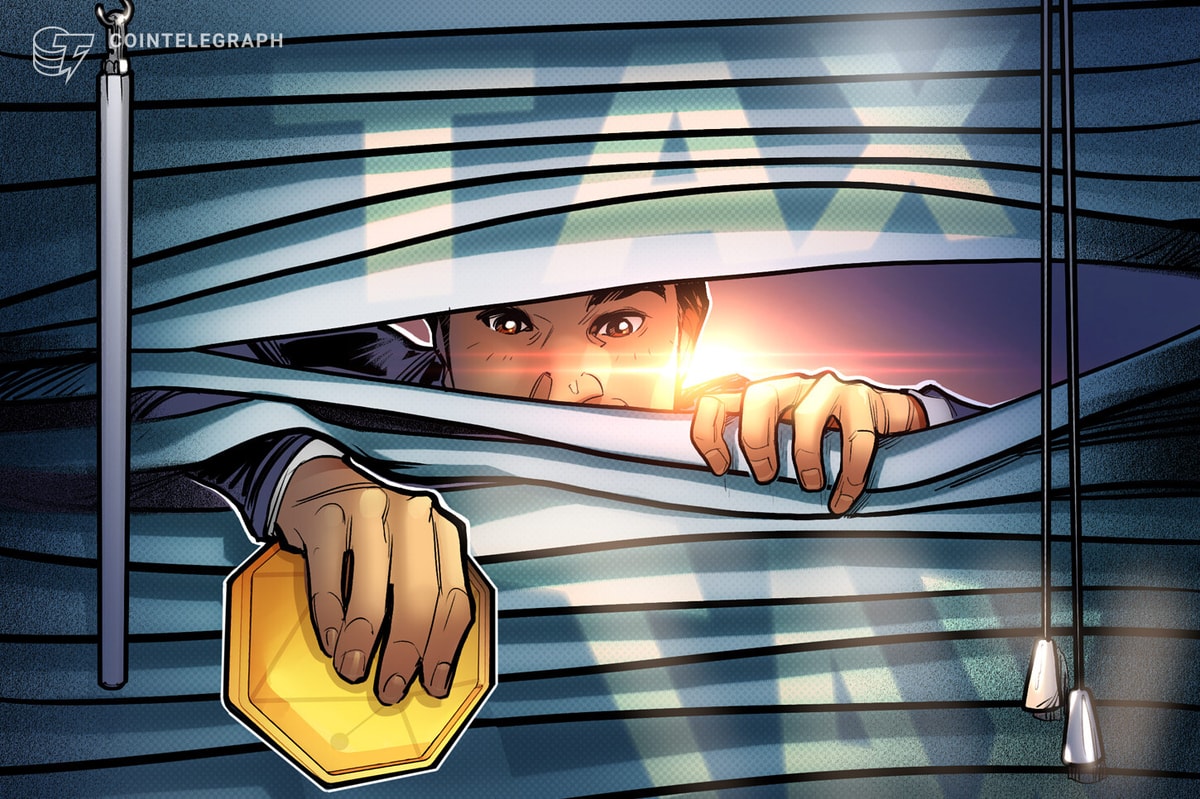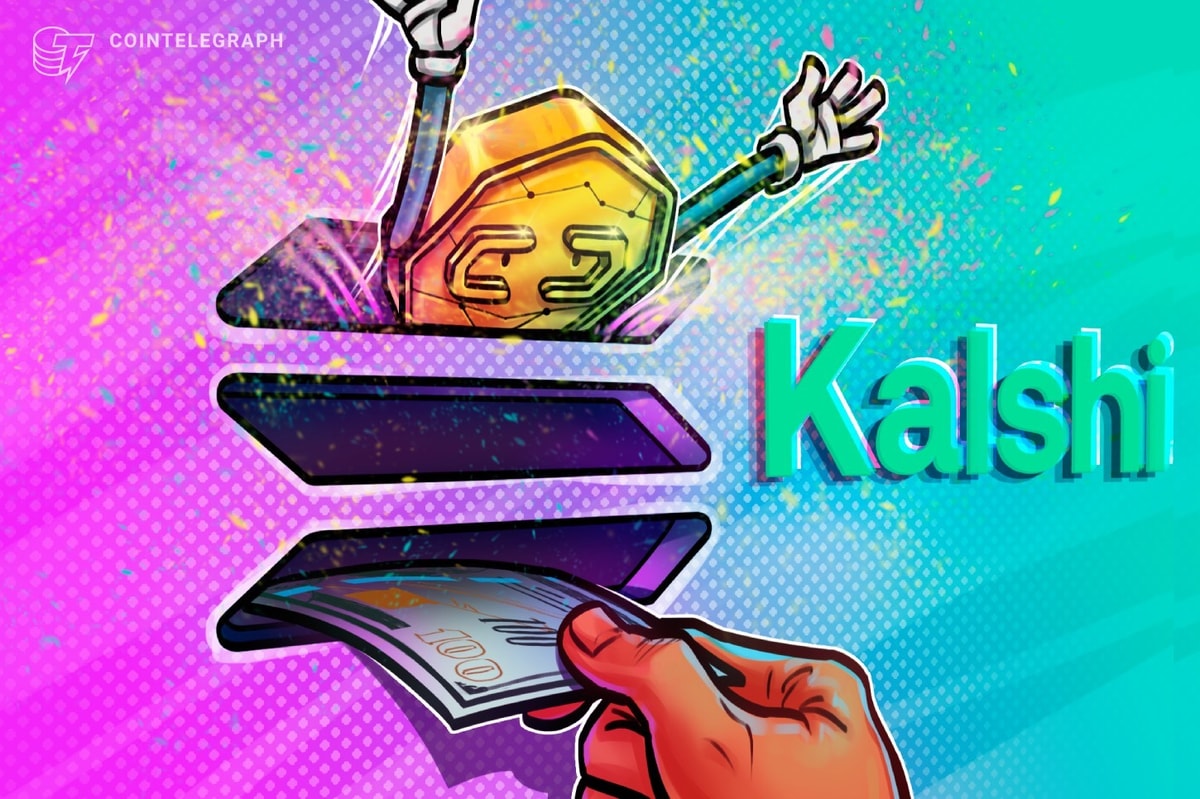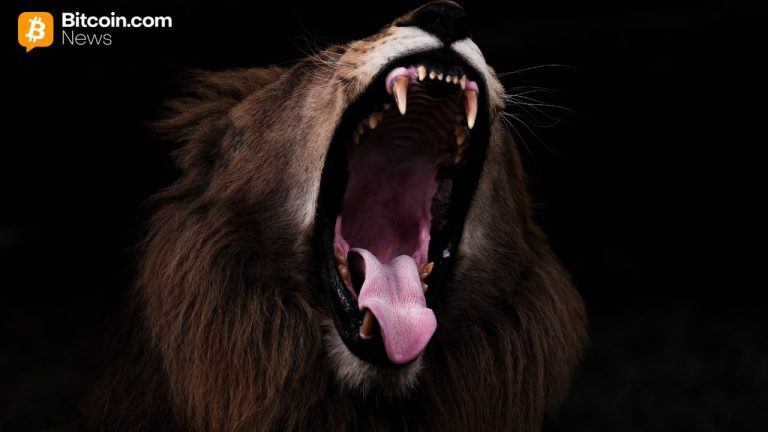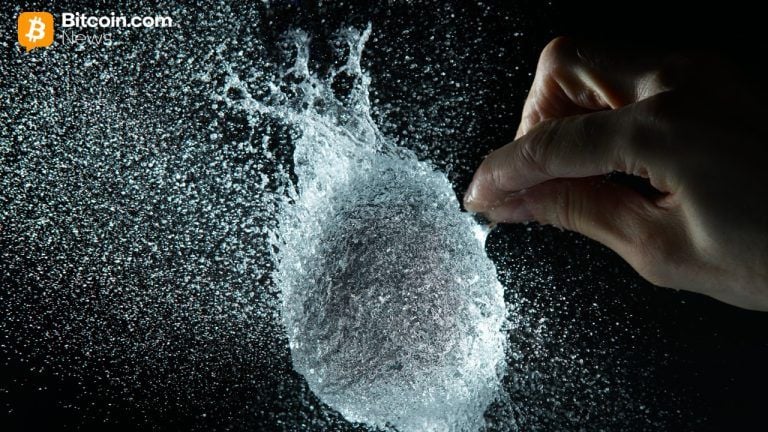Ethereum’s proto-danksharding to make rollups 10x cheaper – Consensys zkEVM Linea head
2 min read
Zero-knowledge proof (ZK-proofs) solutions have proved critical in helping scale the Ethereum ecosystem, but proto-danksharding is expected to drastically reduce the cost of roll ups according to Consensys’ zkEVM Linea head Nicolas Liochon.
Speaking exclusively to Cointelegraph Magazine editor Andrew Fenton during Korea Blockchain Week, Liochon estimated that proto-danksharding could further reduce rollup costs by 10 times.
Proto-danksharding, also known by its improvement proposal identifier EIP-4844, is aimed at reducing the cost for rollups, which typically batch transactions and data off-chain and submit computational proof to the Ethereum blockchain.
The Ethereum Foundation is yet to nail down an expected launch data for proto-danksharding but development and testing is still ongoing.
As Liochon explained, Linea delivers 15 times cheaper transactions compared to those made on Ethereum’s layer one, but rollups are still limited by the fact that transactions are posted in calldata in Ethereum blocks.
According to Ethereum’s documentation, rollups are still expensive in terms of their potential because calldata is processed by all Ethereum nodes and the data is stored on chain indefinitely despite the fact that the data only needs to be available for short period.
EIP-4844 will introduce data blocks that can be sent and attached to blocks. The data stored in blobs is not accessible to the Ethereum Virtual Machine and will be deleted after a certain time period – which is touted to drastically reduce transaction costs.
“In reality, the cost of rollups is down to data availability. We are writing all the data to layer one which is why we have exactly the same security. But it’s expensive, it represents 95% of the cost.”
Liochon said that Linea’s prover, which essentially handles the off-chain computation that verifies, bundles and then creates a cryptographic proof of the combined transactions, only represents a fifth of the cost.
This highlights the major hurdle in making ZK-rollups the go-to scaling solution for the Ethereum ecosystem as opposed to other solutions like Optimistic rollups.
Liochon also said that Linea aims to be a general use ZK-rollup that will be used for a variety of decentralized applications and solutions within the Ethereum ecosystem.
“We are a generic rollup. We don’t want to have a specific use case or specific domain. It’s quite important to support all type of applications, including DeFi, gaming and social.”
As Cointelegraph previously reported, Consensys has completed the launch of Linea in Aug. 2023, having onboarding over 150 partners and bridging more than $26 million in ETH.
Magazine: Here’s how Ethereum’s ZK-rollups can become interoperable





